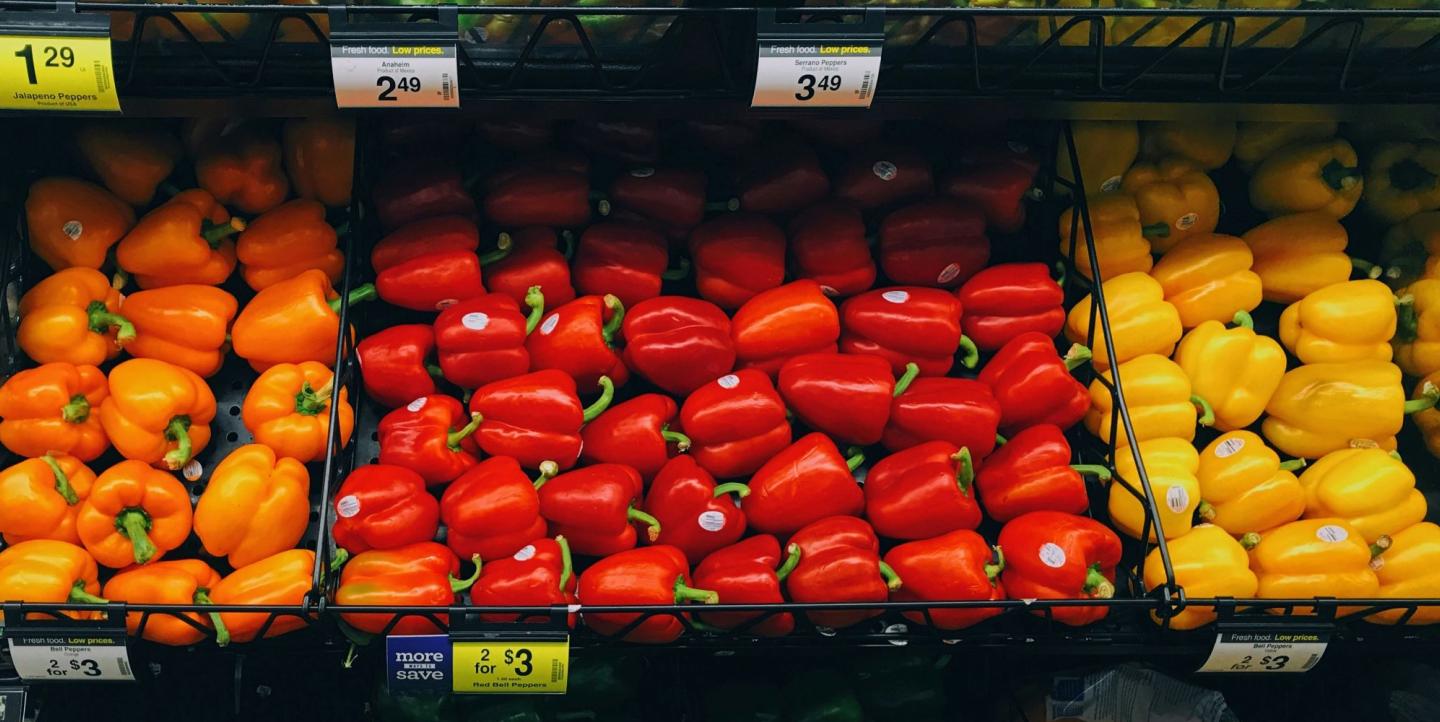A few years back, my local mom Facebook group started a weekly thread to share the best deals on groceries around town. We tried to look through supermarkets’ circulars to pull out the best deals we saw. Someone started a spreadsheet comparing prices at Costco versus non-warehouse stores.
The effort fizzled quickly. Why? Not because it wasn’t useful, but because it was so much work to do on a volunteer basis.
What if a local news organization did this for us, making it part of a reporter’s job? Better yet, what if local news organizations around the country made it part of their mission to help readers compare grocery prices around town? What if, on every digital local news site, a “groceries” vertical highlighted the week’s best deals across stores? Where I live, Market Basket generally has the lowest prices on everything — but once in awhile Star Market beats its price on butter or broccoli or bagels. A weekly digest letting me know this would provide a genuine service. A regularly updated Costco or BJs spreadsheet on a local news site? Yes, please.
The coupon site Krazy Coupon Lady pulls in an estimated 3 million visitors a month. Here’s how they describe their mission: “Make confusing things simple, give people tools to save money, and create a community of people sharing their success stories.” This would absolutely also be a great mission for a local news outlet.
Supermarkets and local news outlets could partner on coupons and specials. Local news sites can provide printable lists of the best deals around town weekly and send them out in newsletters and via WhatsApp. Local news reporters could recommend their favorite snacks, which would get a little call-out card on the shelf — the way bookstores offer on-shelf reading recommendations. Digital news outlets could make lowkey print editions, stacks of them free at checkout, with a $5 coupon for the next shopping trip on the front, alongside a couple news articles from the week.
“The top explanation for president-elect Donald Trump’s victory is that Americans hate inflation,” Heather Long wrote in The Washington Post Friday. “Voters want to see prices go down, and they are angry this has not happened for most items. This isn’t unique to the United States. Incumbents in every developed country have lately lost reelection because of outrage over the high cost of groceries, housing and entertainment.”
At the same time, there is more competition for people’s attention than ever. When most Americans decide how to spend their time, it is not with the news. In the coming years, an exhausted public is even more likely to tune out, and that includes the most engaged news consumers. (Daily Beast promo email subject line this morning: “Trump’s first year – don’t miss a moment.” Uh…)
Local news outlets cannot change grocery prices. But they can help their readers deal with them — and, in doing so, perhaps increase their readership and draw in people who never would have read them otherwise. Not everybody reads news, but everybody needs to eat.
Photo by Rithika Gopal on Unsplash.
This article was originally published on Nieman Lab and republished on IJNet with permission.

